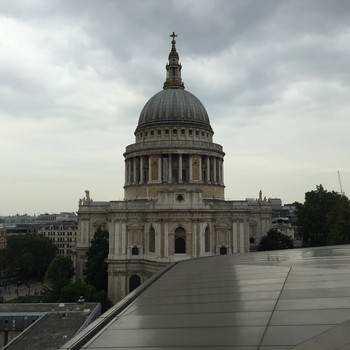Question #2d155
2 Answers
Physical change
Explanation:
This is a physical change, because you are only changing what the wall looks like, from the outer surface. The wall is still the same either way, you are just changing the color (which is not a chemical change).
The definition of a physical change (from my knowledge), is the process in a which an objects chemical substance is changed, but NOT the chemical composition. For instance, if a piece of ice melts, would that be a chemical or physical change? If you answered chemical change, you are incorrect. This is because when you melt an ice cube, you are not changing the chemical composition. It's still water, even when it evaporates as it becomes a gas and eventually comes down in the form of rain (condenses in the clouds). Hence why on a hot day after a thunderstorm, you see mist rising from the ground. This is actually due to the evaporation of water molecules stuck in the asphalt.
However, if you break the wall, then it transitions to chemical change,
Painting a wall, therefore, is a physical change.
I hope this answered your question.
Hmmm. Interesting......i think it depends on whether you're considering the wall or the paint.
Explanation:
Personally, I would say that in terms of the wall itself, it isn't actually a change at all.
The wall may well look as if it has changed appearance, but what you are actually looking at here is a layer of cured paint, not the wall.
The wall surface is beneath the layer of paint, so in terms of the wall itself, there is simply a separate layer of substance between it, and you. I'm not sure I would regard that as a physical change - the physical structure of the wall hasn't actually changed, and certainly there has been no change to the chemical make-up of the wall. No new chemical species have been formed in it.
If you're considering the paint, however, it is certainly a chemical change. Paints "dry" not simply by the volatilisation of solvent (or increasingly, water) but by a process of curing, which basically refers to reactions that cross-link molecules to form a solid surface structure. Paint driers such as cobalt 2-ethylhexanoate ("cobalt octoate") promote this.



